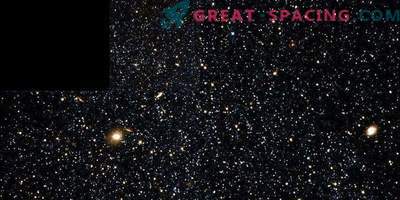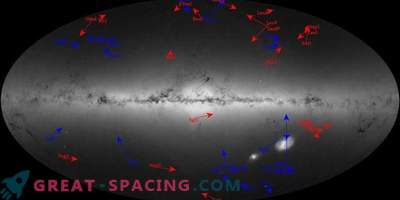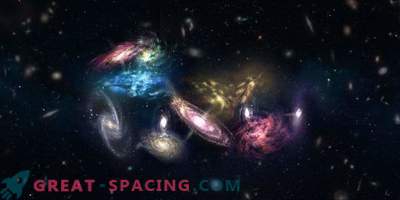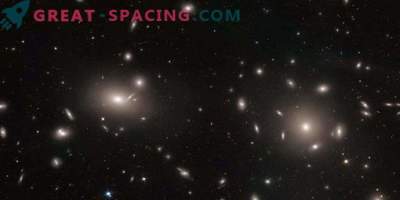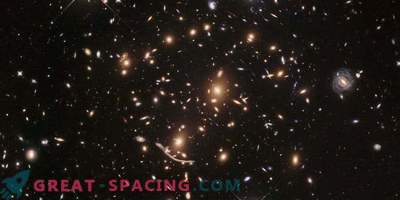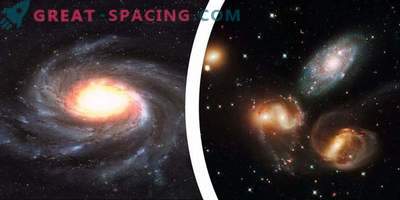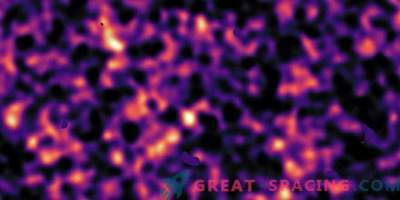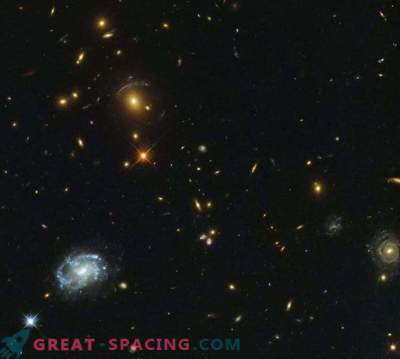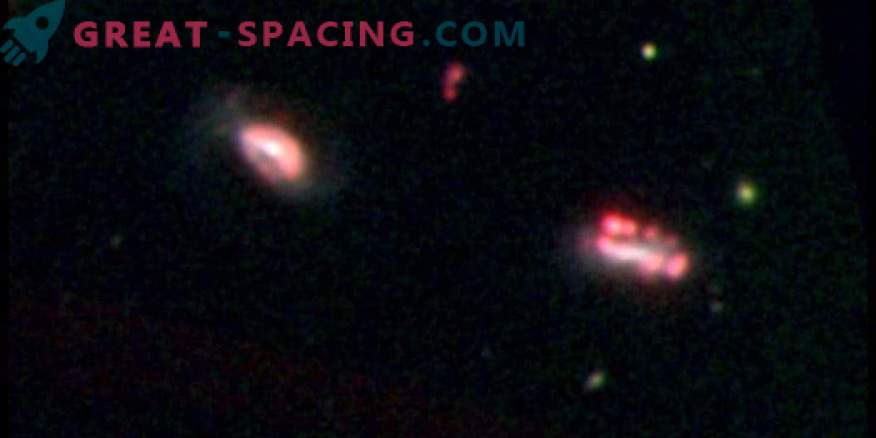
Optical observation of one of the galactic groups tracked from the Magellan telescope in Chile. Red nodes are emissions that show the formation of recent and current stars. The deep optical image also shows asymmetric morphology / shapes as a result of the interaction.
Finding these small galactic clusters provides a key piece of evidence on how they develop and how dark matter can be inside them.
Computer models showed that there should be clusters (clusters) of miniature galaxies (some 10-1000 times less than the Milky Way), but this was not possible to prove. New discoveries will provide the evidence base of the modern theory of the Universe.
The Lambda CDM paradigm (Lambda Cold Dark Matter) says that smaller things merge into larger ones. This was reported by an astronomer from the University of Virginia Sabrina Staurwalt. But there were few observations of the small mass of galaxies, despite the fact that small galaxies greatly outnumber large ones, like the Milky Way.
In an article published in Nature this week, Stauerwalt and her colleagues describe a new hunt for dwarf galactic clusters using data from the Sloan Digital Celestial Survey.
The team first observed the interaction of a pair of objects, then examined them to determine if they could be part of a larger group. Further observations were carried out on the Magellan telescope in Chile, the Apache Point Observatory and Gemini North in Hawaii. Scientists managed to find 7 groups of dwarf galaxies, each of which consisted of 3-5 objects.
“We suspect that they are related to each other by gravity and, thus, gradually merge into one mass of the galaxy,” said Starevolt.
They are between 200 and 650 million light years from Earth.
“The numbers are huge. But if you take into account the size of the universe, it is not far. Dwarf galaxies are dimmer and smaller, so they are harder to detect at longer distances, ”she says.
The number of clusters corresponds to the prediction of computer models.
“It is rare to predict such groups. And to find them in the modern era is even less likely, ”- noted astronomers.
Finds “provide a direct study of the formation of a hierarchical structure in action at a low mass end. And this opens the door to a process that was carried out in earlier times, but it is almost impossible to observe in such redshifts. ”
“Red shifts” is a cosmic criterion for measuring distance and time. This is the lengthening of the wavelengths of light when the radiating object moves on, recalling the sound shift of the train when it backs up.
